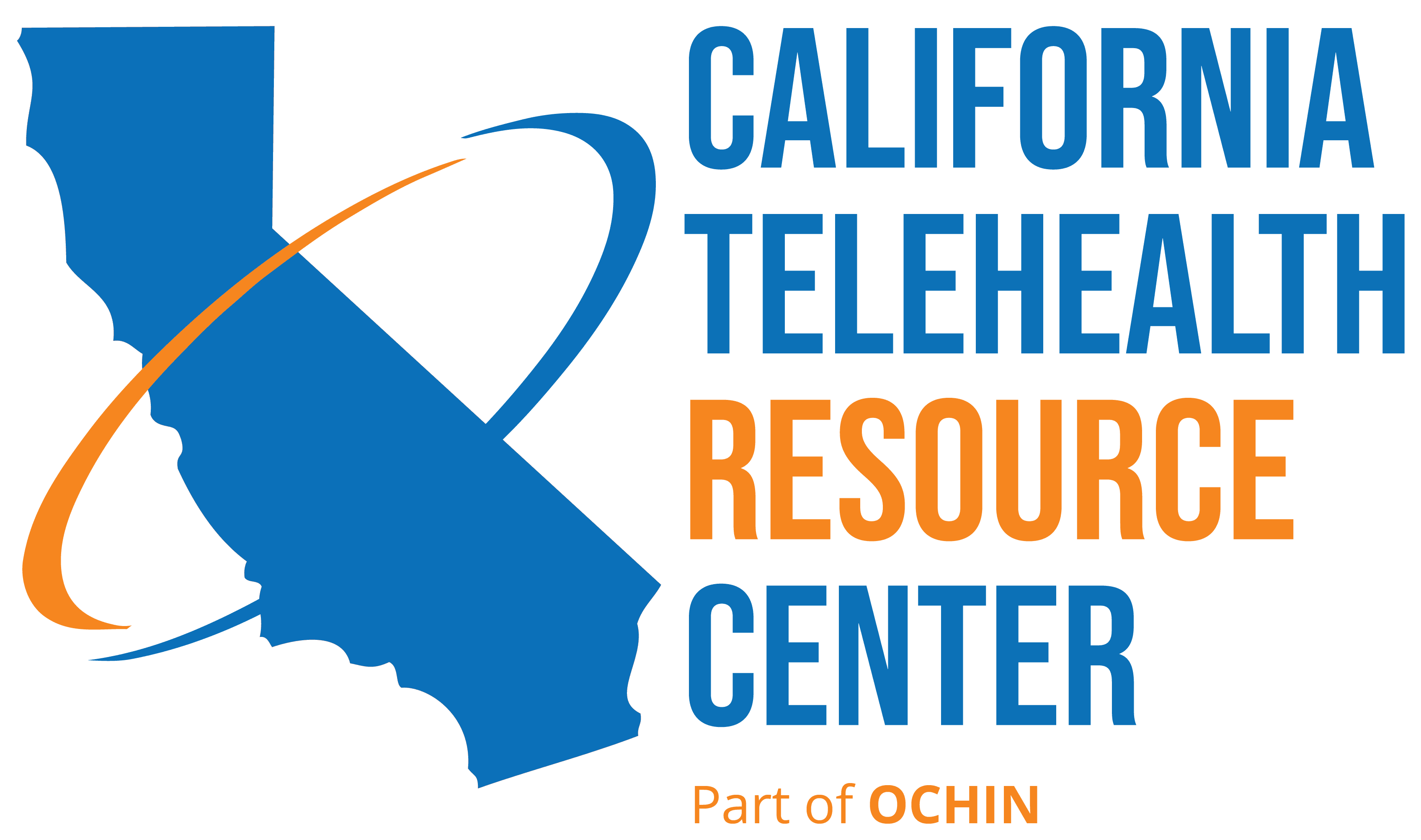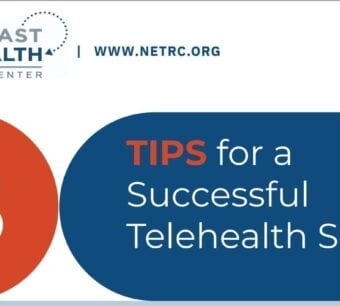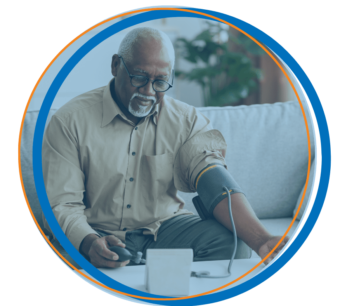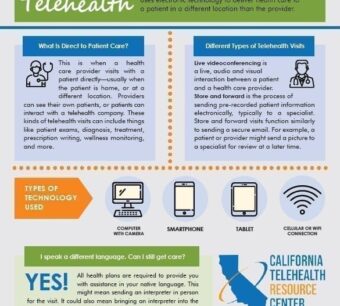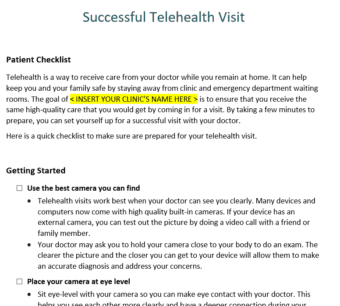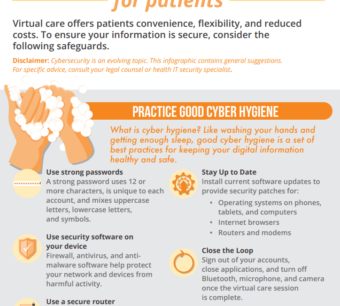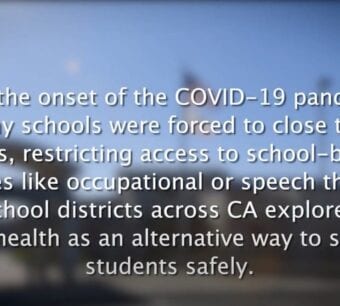CTRC has specialized expertise supporting patients in underserved and rural communities, as well as patients with disabilities, experiencing housing insecurity or some other health-related social need, or seeking care in their preferred language or that is grounded in their culture.
Use our unbiased resources or contact us to find the useful answers you need & visit Telehealth.HHS.gov for more information.
For a list of resources on Crisis Counseling, Housing Assistance, Mental Health, Substance Abuse, Veterans and other state resource programs visit CalHOPE.org. CalHOPE delivers crisis support for communities impacted by a national disaster, funded by the Federal Emergency Management Agency, and run by the California Department of Health Care Services.
